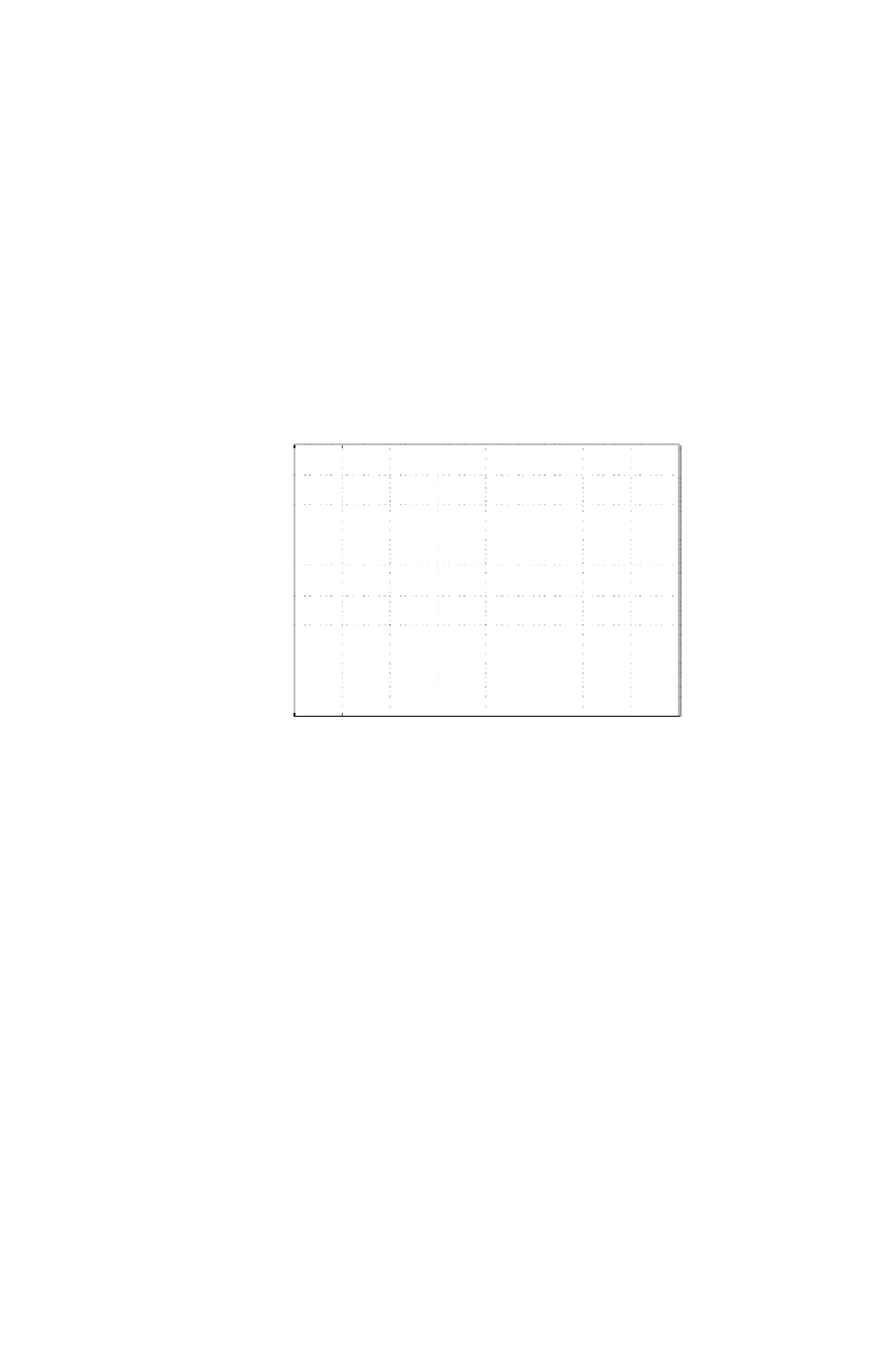Hardware Reference
In-Depth Information
1
2π6000
.
For the sake of comparison, the response with notch filter designed in the
previous section is also shown in these figures. The Bode plot of the sensitivity
transfer function (Figure 3.22) shows attenuation of approximately -4.45 dB
at the resonance frequency of the actuator. On the contrary, the notch filter
based design has an amplification by 2.1 dB at the resonant frequency. The
bode plot of the shock transfer function (Figure 3.23) shows 136 dB gain at
the resonant frequency (5.75 kHz) when phase stable design is used; but the
gain is 142 dB when notch filter based design is used. The response at the
output corresponding to a step change in the command reference is shown
in Figure 3.24. The effectiveness of the phase-stable design is highlighted by
perturbing the damping ratio ζ
m1
of actuator resonant mode from 0.032 to
0.025.
rad/s and T
ps
is set to
1.8
1.6
1.4
1.2
1
0.8
0.6
0.4
0.2
0
0
0.5
1
1.5
2
2.5
3
3.5
4
Time (ms)
Figure 3.24: Closed-loop step response corresponding to Figure 3.20. Solid
line: notch based design. Dashed-line: phase stable based design.
As can be seen from the Figures 3.22 and 3.23, although the order of the
compensator with phase stable design is lower than that of the notch filter
based design, it has better attenuation of vibration at the actuator resonant
frequencies from both input disturbance and output disturbance.
Figure 3.25 shows the Nyquist plot of the notch based control design (solid
line) and phase stable based control design (dashed-line). Note here that in
the usual notch based design which is a gain stabilization, the gain of the open
loop transfer function is lower than 0 dB. Hence, on the Nyquist plot, once
the curve enters the unit circle, it remains inside. For the phase stable design,
on the other hand, the gain of the open loop transfer function crosses the 0
dB line more than once. This is shown on the plot by the curve exiting the
unit circle in the second quadrant and re-entering the unit circle in the first
or 4th quadrant (Figure 3.25). Since there are more than one 0-dB crossover





















